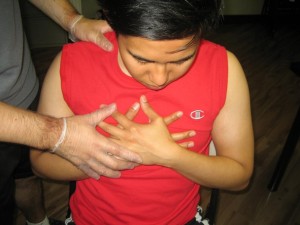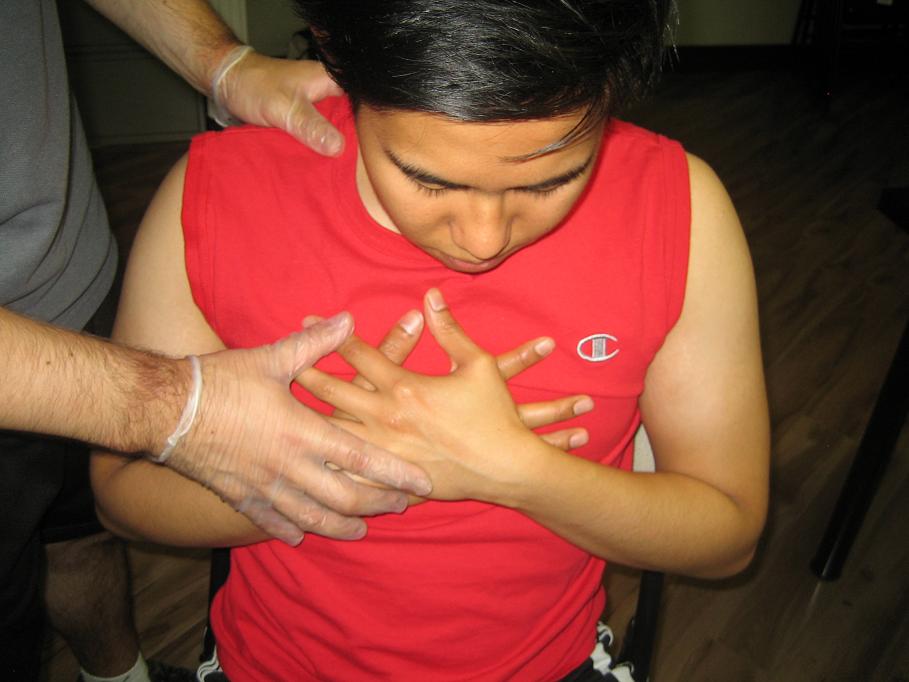Air embolism occurs once one or several air bubbles enter an artery or vein and obstructs it. Once an air bubble goes into a vein, it is called as venous air embolism. If it enters an artery, it is called as an arterial air embolism.
Remember that these air bubbles can travel up to the heart, brain or the lungs and cause a stroke, heart attack or respiratory failure. Luckily, an air embolism is considered rare.
What are the causes?
An air embolism can develop once the arteries or veins are exposed and pressure enables air to travel into them. There are various ways in which this can occur such as the following:
- Surgical procedures and injections – a syringe or intravenous line can accidentally introduce air into the veins while a catheter inserted into the arteries or veins can also allow air to enter. Certain surgical procedures particular brain surgeries can allow air to enter the arteries and veins.
- Scuba diving – air embolism can occur if the individual holds his/her breath too long while underwater or if he/she surfaces from the water rapidly.
- Lung trauma – if the lung is compromised after sustaining an accident, the individual might be placed on a breathing ventilator. This can force air into a damaged artery or vein, thus resulting to embolism.
- Last and explosion injuries – injuries from a blast or bomb explosion can cause the arteries or veins to open up.
What are the indications of air embolism?

A minor case of air embolism can cause minimal symptoms or none at all. The symptoms of a severe case can include the following:
- Chest pain or heart failure
- Breathing difficulty or respiratory failure
- Stroke
- Muscle or joint pain
- Bluish skin
- Low blood pressure
- Changes in the mental status such as confusion or loss of consciousness
How is it diagnosed
The doctor might suspect air embolism if the symptoms are present and something occurred recently such as a lung injury or surgery. Equipment is used by the doctor that monitors the heart sounds, airway sound, blood pressure and breathing rate to detect air embolism during surgeries.
In case the doctor suspects air embolism, a CT scan or ultrasound might be required to confirm or rule out its presence as well as determining its exact location.
Management
Air embolism can be treated with 3 main objectives:
- Stop the source of embolism
- Prevent the embolism from impairing the body
- Resuscitate if needed
In some circumstances, the doctor will know how the air enters the body. In such cases, the issue is corrected to prevent future embolisms.
The doctor will place the individual in a seated position to prevent the embolism from traveling to the heart, brain and the lungs. Medications such as adrenaline can be given to keep the heart pumping.
If possible, the doctor might suggest surgery to remove the air embolism. Hyperbaric oxygen therapy is another option which is a painless treatment where the individual stays in a room made out of steel with high-pressure that delivers 100% oxygen. This therapy causes the embolism to shrink in size so that it can be absorbed into the bloodstream without triggering any damage.

